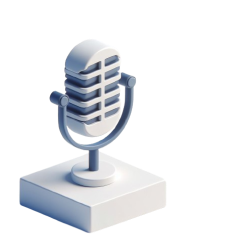Our Top Course

No Job Portals, Direct Interview Calls!
You donʼt need luck to land a high-paying IT job—Coding Wise gives you the skills & interviews to get there!






Join our vibrant community
Diverse, inclusive and fun! That's how we'd describe the Airtribe community.
Be part of an immersive learning experience
Engage in live discussions, hands-on projects, and peer-to-peer learning.
Expand your network
Connect with like-minded professionals, mentors, and top recruiters.
The Codingwise Advantage Learn, Apply & Get Hired
Hands-On, Live Training
Forget boring recorded lectures! Learn by doing with expert-led live sessions designed to make coding simple, practical, and job-ready.
Doubt Support
Stuck? Get instant help from mentors who ensure no question goes unanswered—so you never feel lost.
Direct Interview Calls, No Job Portals
Skip the hassle of endless job applications! We connect you directly with 800+ hiring partners for high-paying IT roles.
Job Training + Placement Guarantee
Not just training—real job preparation! Resume-building, interview prep & placement support until youʼre hired (or your money back).
Real-World Projects & Industry-Level Skills
Work on practical projects that top companies demand, so you graduate with experience, not just theory.



























































